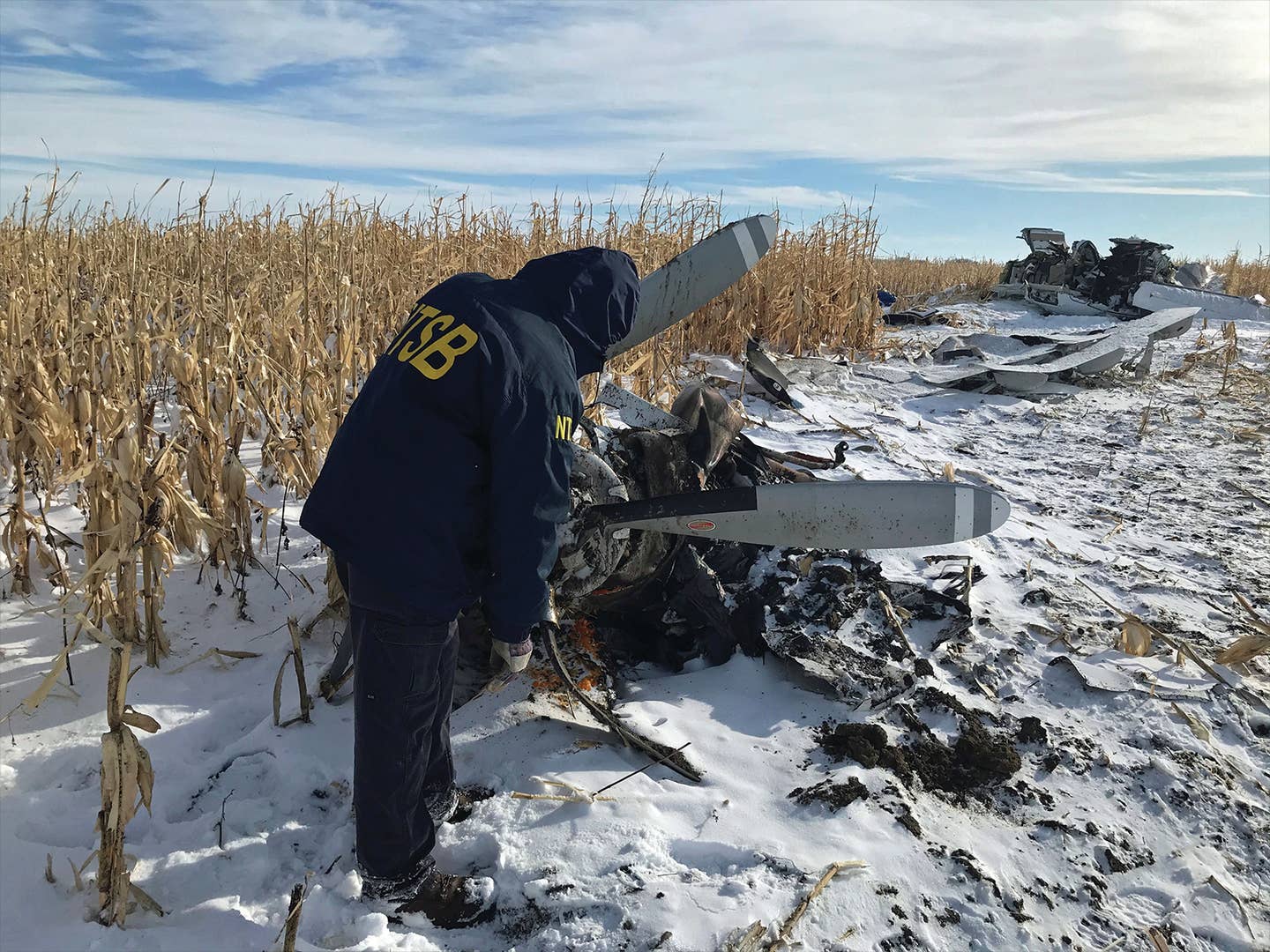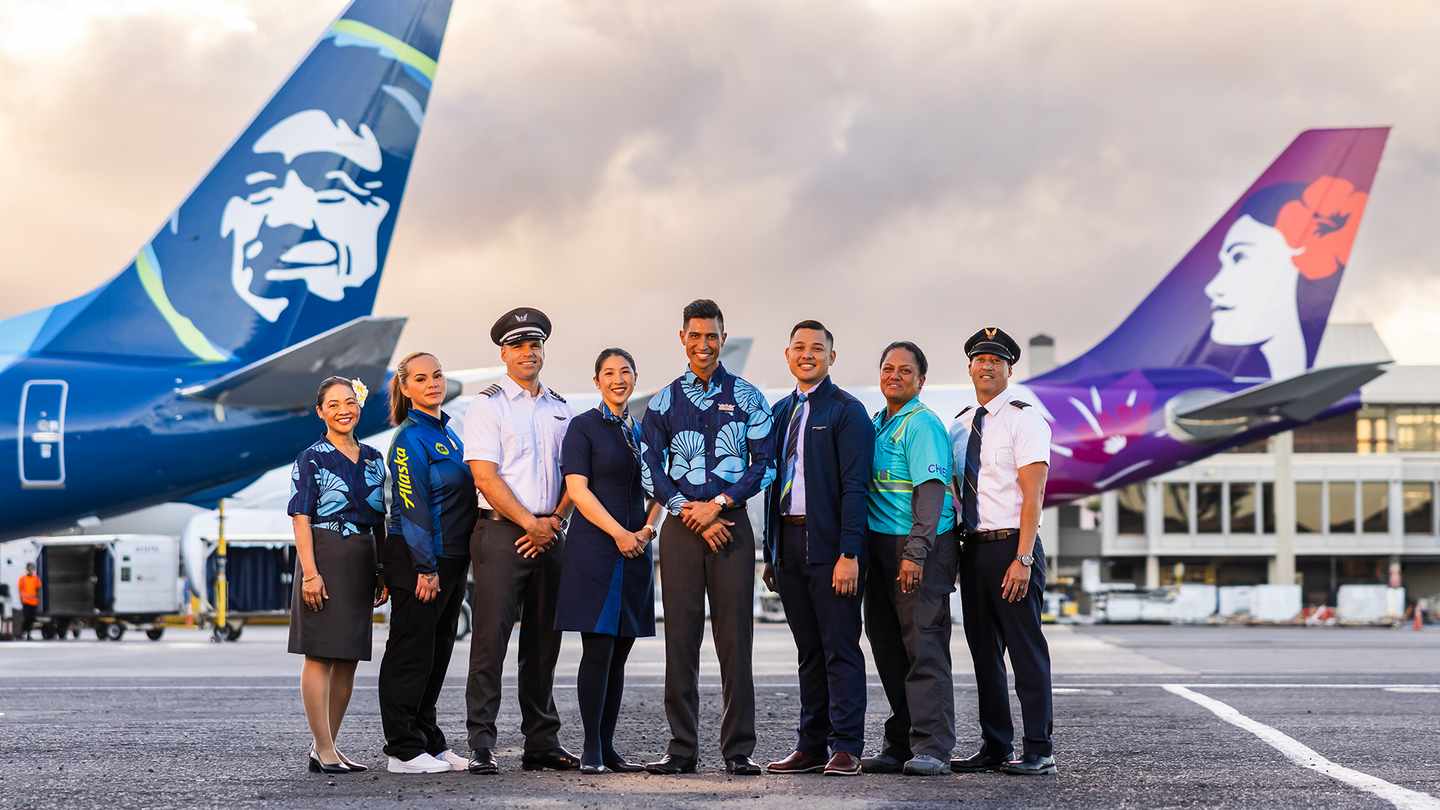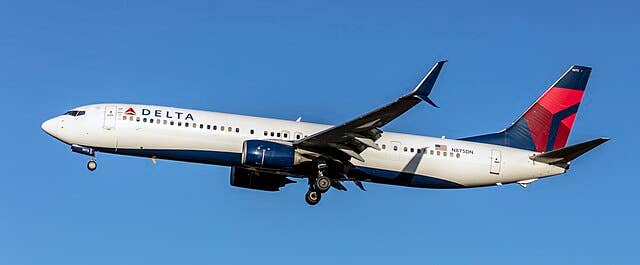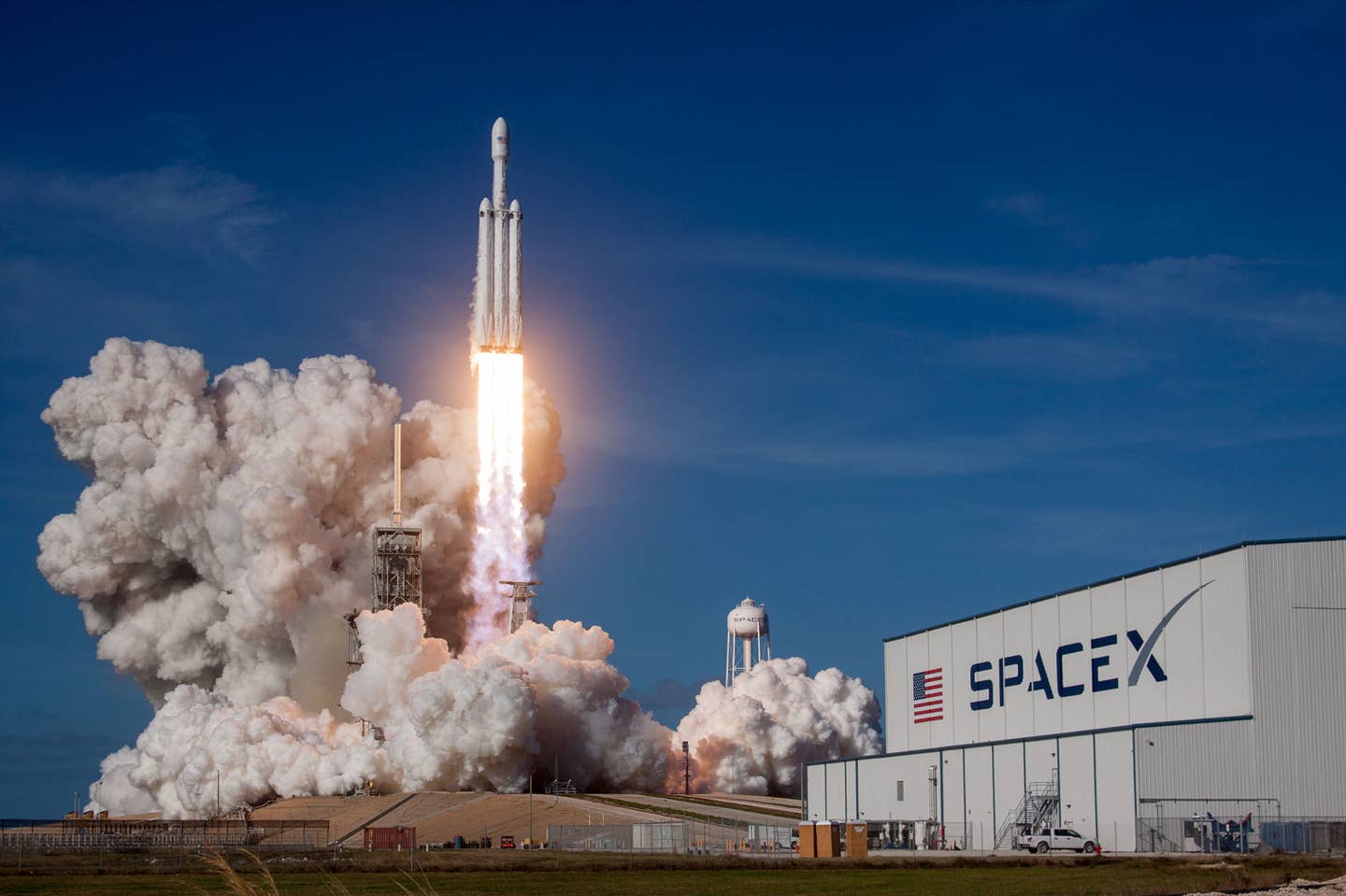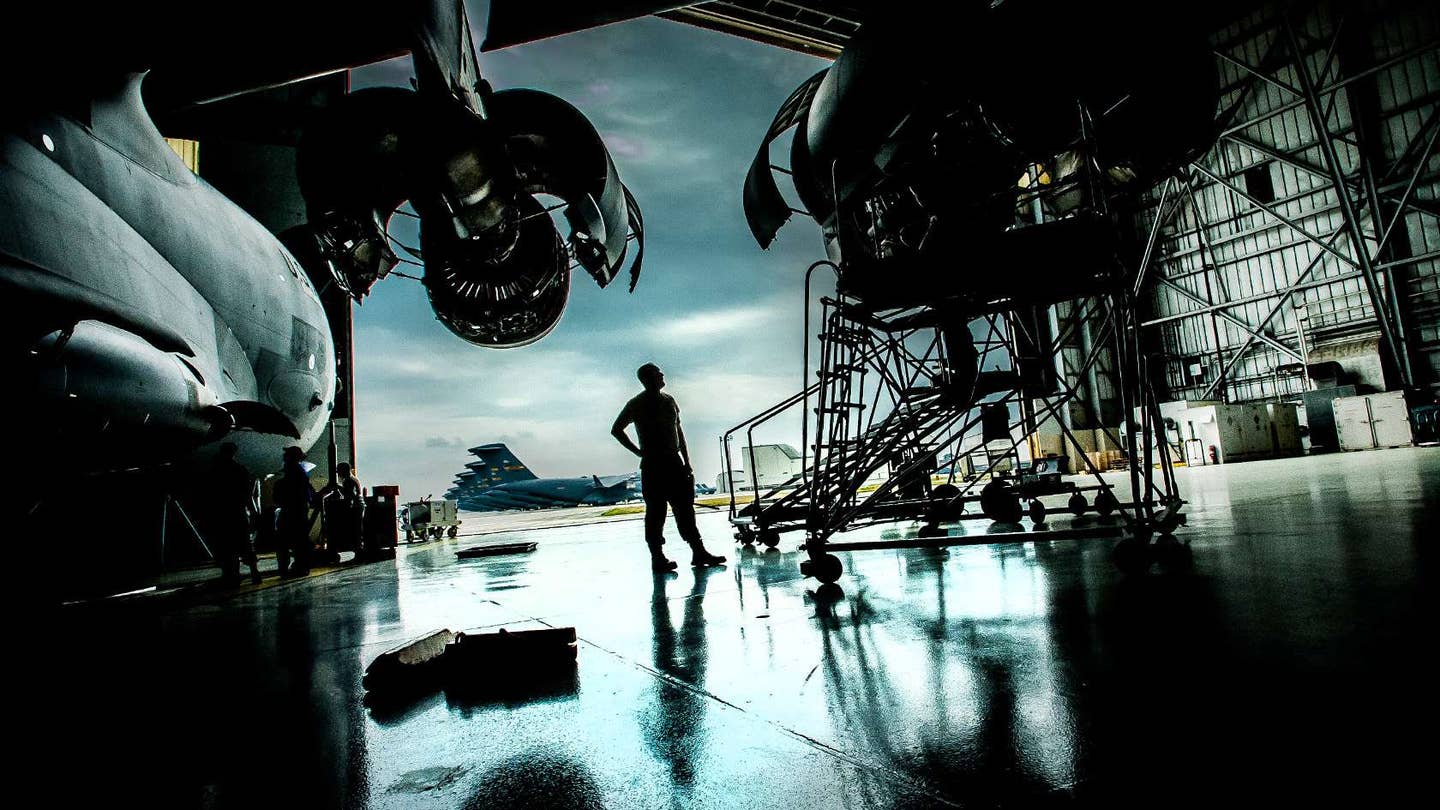NASA X-59 Returns To California For Final Integration
NASA’s X-59 Quiet SuperSonic Technology (QueSST) research aircraft has returned to Lockheed Martin Skunk Works in Palmdale, California, following the completion of a series of ground tests in Fort Worth,…
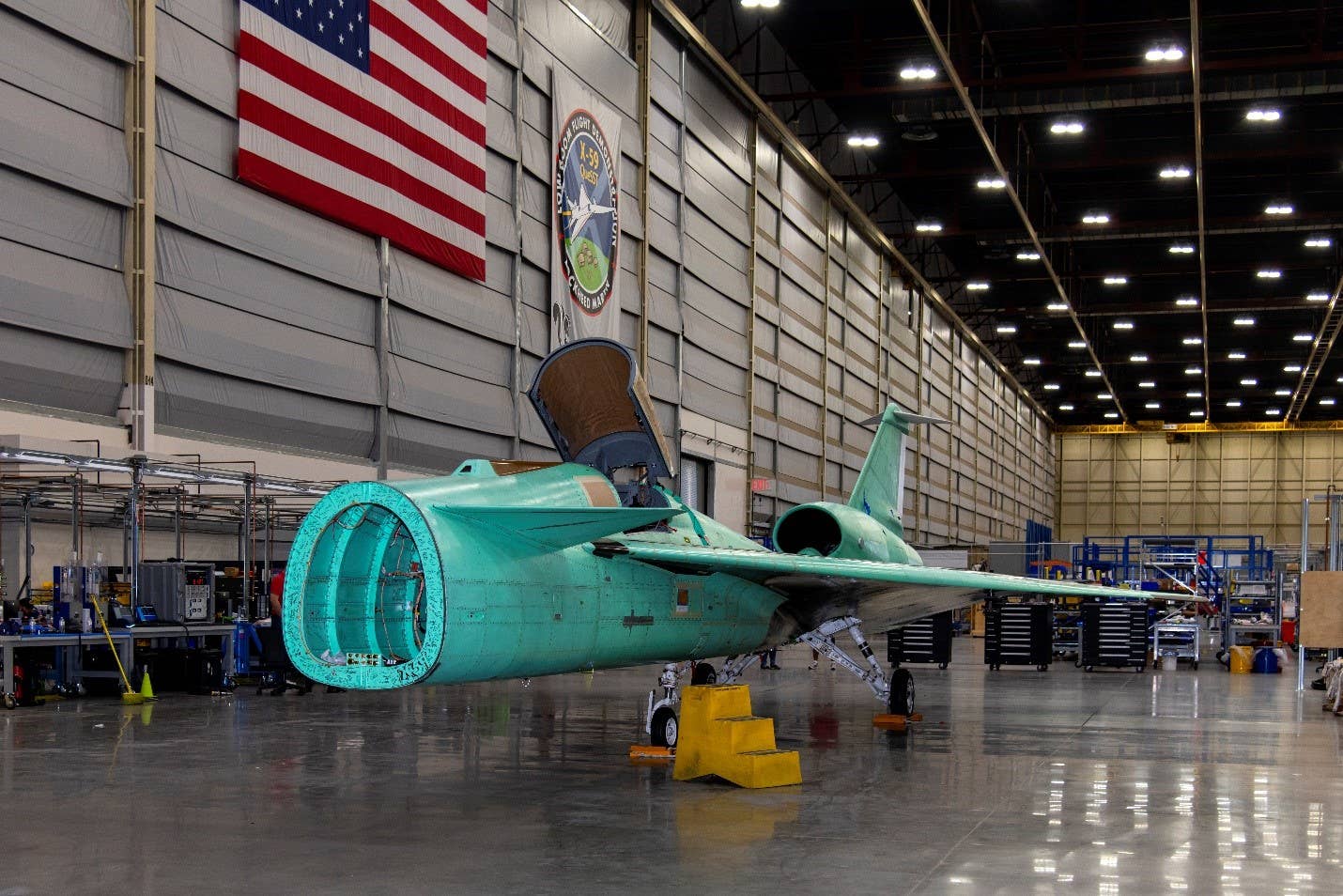
Image: NASA/Lauren Hughes
NASA’s X-59 Quiet SuperSonic Technology (QueSST) research aircraft has returned to Lockheed Martin Skunk Works in Palmdale, California, following the completion of a series of ground tests in Fort Worth, Texas. While at the Texas facility, structural and fuel calibration tests were completed on the aircraft in preparation for final integration and taxi testing back in Palmdale. The X-59 QueSST is part of NASA’s low-boom flight demonstration mission, which will test technology designed to reduce “the loudness of a sonic boom to a gentle thump to people on the ground.”
“Our Texas site has existing facilities to perform the kinds of tests needed,” said Lockheed Martin’s Mike Buonanno. “It would have been expensive and time consuming to design and build them from scratch in Palmdale. But in Fort Worth they’ve got the perfect facility with a full control room and all the support equipment needed to do those tests very efficiently.”
NASA awarded the $247 million contract to build the X-59 QueSST to Lockheed Martin in 2018 and announced in December 2020 that construction had reached the halfway point. Components yet to be installed include the aircraft’s engine and cockpit displays. The X-59 is tentatively slated for its first flight late this year with the goal of beginning demonstration flights over communities in the U.S. beginning in 2024.

